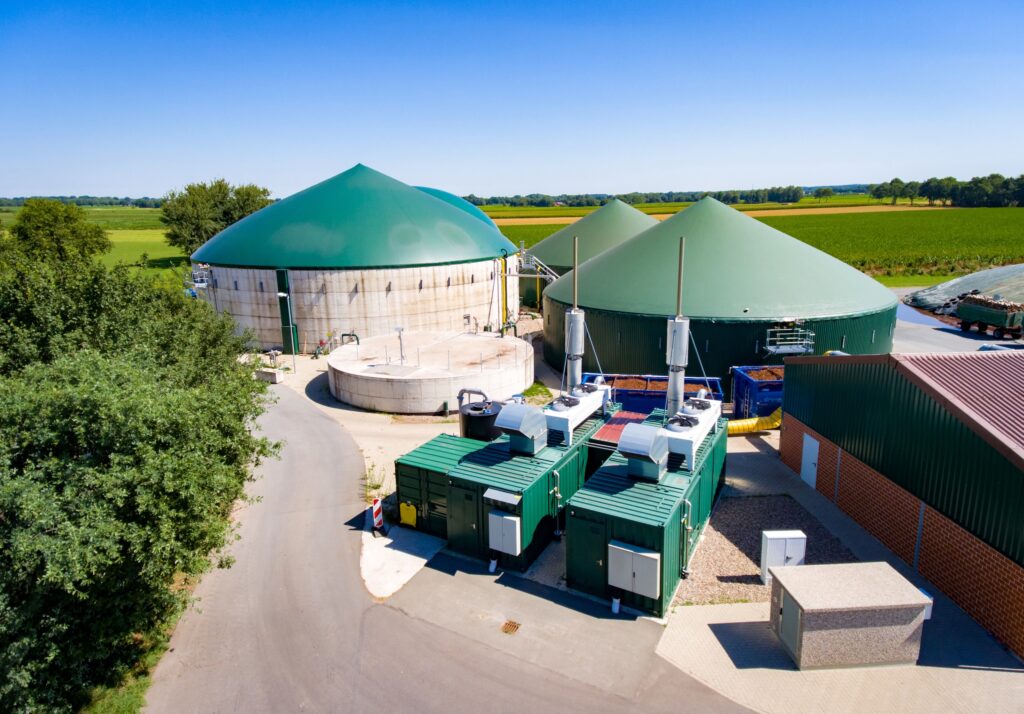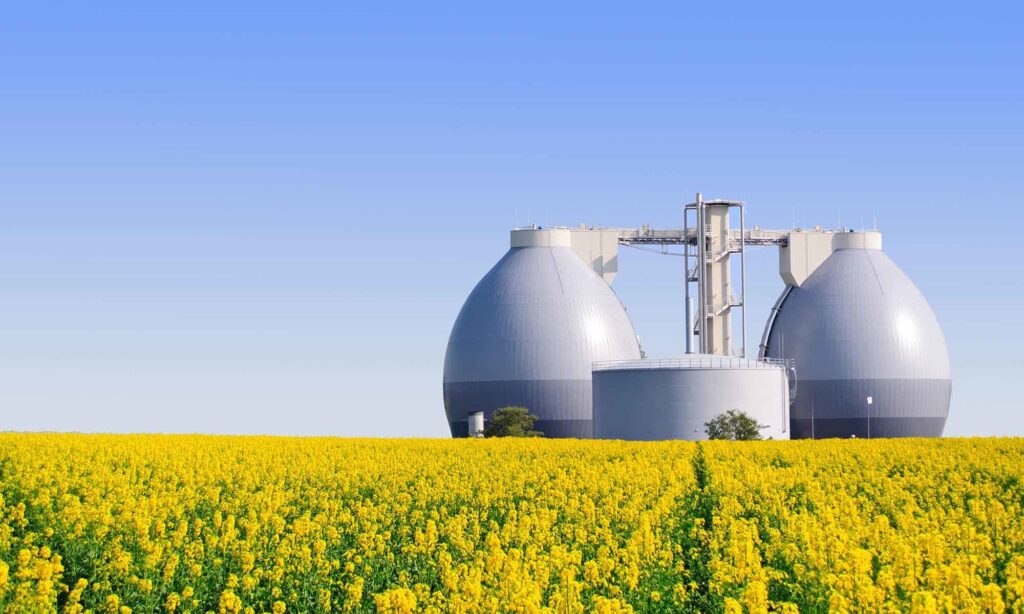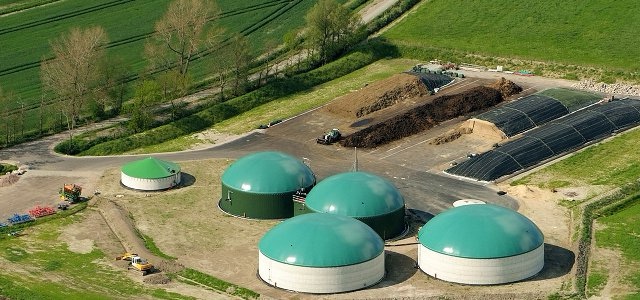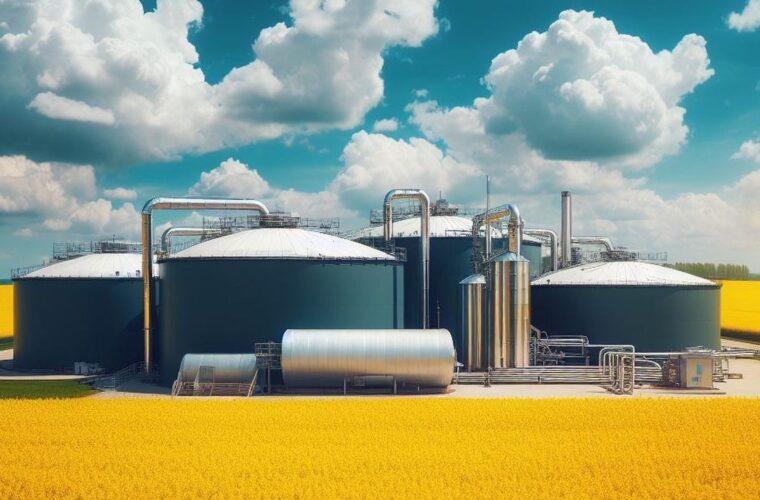The Rise of Bioenergy in Germany
Germany has long been at the forefront of renewable energy innovation, and bioenergy has emerged as a crucial component of the country’s sustainable energy mix. As the world grapples with the urgent need to transition away from fossil fuels, Germany’s bioenergy sector has undergone a remarkable transformation, driven by government policies, technological advancements, and a growing public awareness of the benefits of renewable energy sources.
The Role of Bioenergy in Germany’s Energy Landscape

According to the German Renewable Energy Federation (BEE), bioenergy currently accounts for about 8.5% of Germany’s total primary energy consumption. This figure includes the use of biomass, biogas, and biofuels for heat, electricity, and transportation. The German government has set ambitious targets to increase the share of renewable energy in the country’s overall energy mix, with bioenergy playing a crucial role in this transition.
Biomass: A Versatile Renewable Resource
One of the primary components of Germany’s bioenergy sector is the utilization of biomass. This encompasses a wide range of organic materials, including agricultural and forestry residues, energy crops, and municipal solid waste. The German Biomass Research Center (DBFZ) reports that in 2021, biomass-based energy production in Germany amounted to around 230 terawatt-hours (TWh), representing a significant portion of the country’s renewable energy generation.
Biogas: Harnessing the Power of Organic Waste

Germany has also emerged as a global leader in biogas production and utilization. According to the German Biogas Association, the country had 9,500 biogas plants in operation as of 2021, with a total installed capacity of 5.8 gigawatts (GW). These biogas plants convert organic waste, such as animal manure, agricultural residues, and energy crops, into renewable energy in the form of electricity and heat.
Biofuels: Driving Towards a Sustainable Transportation Sector
In addition to biomass and biogas, biofuels have also played a crucial role in Germany’s bioenergy landscape. The federal government has implemented policies to promote the use of biofuels, such as the Biofuel Quota Act, which requires a minimum share of biofuels in the transportation fuel mix. As a result, the German Association of the Automotive Industry (VDA) reports that biofuels accounted for around 5.6% of the total fuel consumption in the country’s transportation sector in 2021.
The Drivers of Bioenergy Growth in Germany

The rapid expansion of bioenergy in Germany can be attributed to a combination of factors, including government policies, technological advancements, and public awareness.
Supportive Government Policies
The German government has implemented a range of policies and incentives to support the development of the bioenergy sector. The Renewable Energy Sources Act (EEG), for example, provides feed-in tariffs and other financial incentives for the production of renewable electricity, including that generated from bioenergy sources. Additionally, the German Biomass Ordinance sets specific guidelines and standards for the sustainable use of biomass in energy production.
Technological Innovation

Advancements in bioenergy technologies have also played a significant role in the sector’s growth. German research institutions and companies have been at the forefront of developing more efficient and cost-effective biomass conversion processes, as well as innovative biogas and biofuel production methods. The German Biomass Research Center (DBFZ) has been a driving force in this field, conducting extensive research and development to improve the performance and sustainability of bioenergy systems.
Public Awareness and Acceptance
The German public has also shown a growing awareness and acceptance of bioenergy as a viable renewable energy solution. According to a survey conducted by the German Renewable Energy Federation (BEE), 88% of Germans support the expansion of renewable energy, with bioenergy seen as an important contributor to the country’s energy transition. This public support has helped to create a favorable environment for the continued growth of the bioenergy sector.
Challenges and Future Outlook
While the bioenergy sector in Germany has experienced significant growth, it also faces several challenges that must be addressed to ensure its long-term sustainability.
Land Use and Sustainability Concerns

One of the key concerns surrounding the use of biomass for energy production is the potential impact on land use and food production. The German Biomass Research Center (DBFZ) has highlighted the importance of implementing sustainable biomass sourcing practices to avoid competition with food crops and ensure the responsible management of natural resources.
Grid Integration and Storage Challenges
As the share of renewable energy in Germany’s electricity grid continues to grow, the integration of variable bioenergy sources, such as biogas and biomass, has presented some technical challenges. The German government has invested in grid modernization and energy storage technologies to address these issues and ensure the reliable integration of bioenergy into the national energy system.
Policy and Regulatory Frameworks
The continued growth of the bioenergy sector in Germany will also depend on the stability and effectiveness of the policy and regulatory frameworks that govern the industry. The German government must balance the need for supportive policies with the careful consideration of environmental and social impacts to ensure the long-term sustainability of the bioenergy sector.
Conclusion
Germany’s bioenergy sector has emerged as a vital component of the country’s renewable energy landscape, contributing to the nation’s ambitious climate and energy goals. The combination of government policies, technological advancements, and public support has driven the rapid expansion of biomass, biogas, and biofuel production in Germany. As the country continues to navigate the challenges of the energy transition, the bioenergy sector will play a crucial role in delivering a sustainable and resilient energy future.



